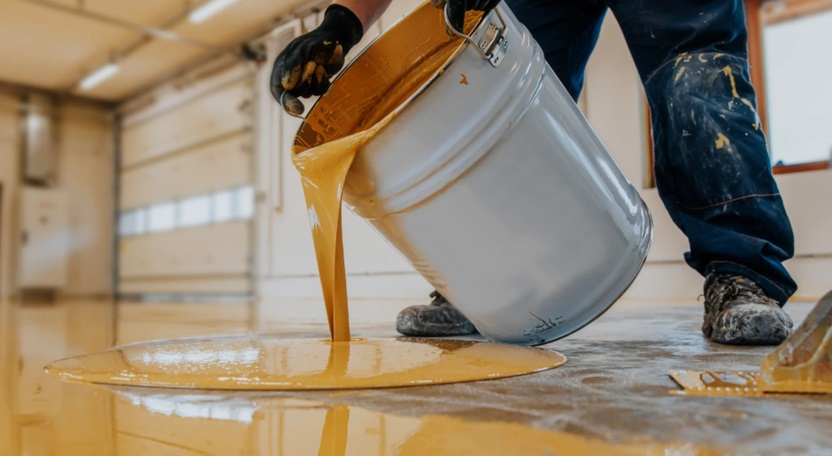An epoxy coating for a garage floor is more than a cosmetic upgrade—it’s a practical investment in durability, safety, and long-term value. However, choosing the right epoxy product can be overwhelming due to the variety of formulations, finishes, and application methods available. Selecting the wrong coating can lead to early failure, reduced performance, and costly rework. Whether you’re updating a residential garage or enhancing a commercial space, making an informed choice starts with understanding your floor’s unique requirements.
Consider Your Floor’s Current Condition
Before choosing a product, assess the condition of the concrete surface. Is it new, previously coated, cracked, or stained? A floor with oil contamination or prior sealants may require a primer or a more aggressive preparation process before applying epoxy. For damaged or highly porous concrete, thicker coatings such as 100% solids epoxy offer better performance and bonding. If the floor is in relatively good shape, water-based epoxy might suffice—but it’s not as durable for heavy-duty use. Professionals typically conduct a moisture test, inspect for surface integrity, and recommend the appropriate prep process to ensure coating longevity.
Match the Epoxy Type to Usage Requirements
Not all epoxy coatings serve the same purpose. Choosing based on how the floor will be used is essential:
- 100% solids epoxy: Best for high-traffic areas or professional garages. Offers industrial-grade durability and chemical resistance.
- Water-based epoxy: Easier to apply and more forgiving, but less resistant to wear. Suitable for light-duty residential garages.
- Solvent-based epoxy: Provides better penetration but requires proper ventilation due to toxic fumes. Often used in commercial settings.
For garages subject to high vehicle traffic, tool drops, and chemical spills, a thicker, professional-grade coating will offer superior protection over time.
Don’t Ignore Environmental Conditions
Temperature and humidity directly affect epoxy curing and adhesion. Most epoxy systems have specific application temperature ranges—working outside these can result in bubbling, poor bonding, or uneven finishes. If you’re in a region with extreme climate fluctuations, choose a product engineered for thermal shock resistance and flexibility. Garage floors in colder environments may benefit from epoxy blends with additives that prevent brittleness or cracking under temperature stress.
Finish and Aesthetic Considerations
Epoxy isn’t just functional—it’s also an opportunity to enhance your space visually. Epoxy coatings come in a range of finishes:
- Glossy: Offers a sleek, reflective surface but may highlight imperfections.
- Matte or satin: More forgiving and slip-resistant under certain conditions.
- Decorative flakes or metallics: Add texture and color while improving traction.
The finish you choose should balance style, slip resistance, and ease of maintenance. Adding a UV-stable topcoat is crucial for preventing yellowing or fading in garages exposed to sunlight.
Trust a Professional for Product Selection and Application
DIY epoxy kits may seem convenient, but they rarely deliver the longevity or finish of professionally applied systems. A professional will evaluate your specific needs, prep the surface correctly, and select a system that delivers both form and function. By consulting with experienced installers, you’ll avoid mismatched products, poor adhesion, and the need for early recoating—all common results of amateur applications.
Conclusion
Choosing the right epoxy coating for a garage floor involves more than picking a color or kit off the shelf. It requires evaluating the floor’s condition, expected use, environmental variables, and desired finish. For lasting performance and a flawless look, expert guidance and professional installation are key to making the most of your epoxy investment.


